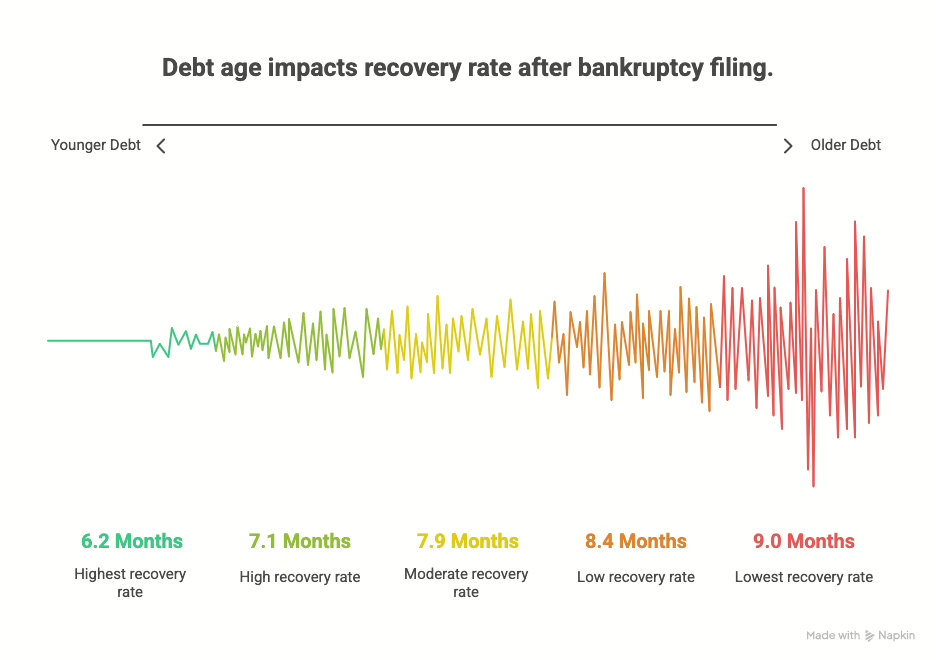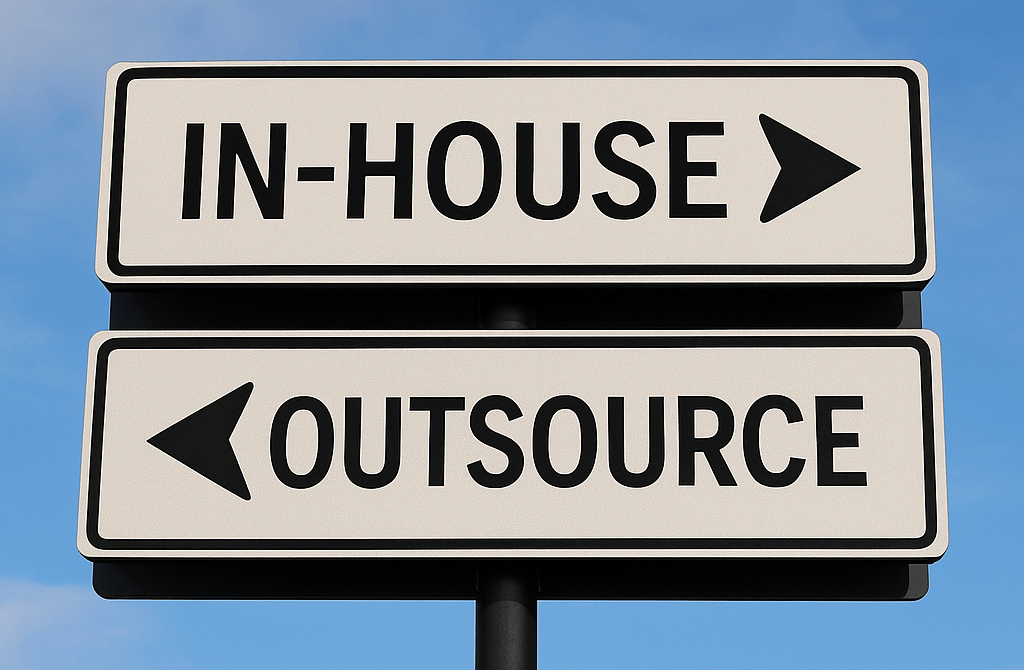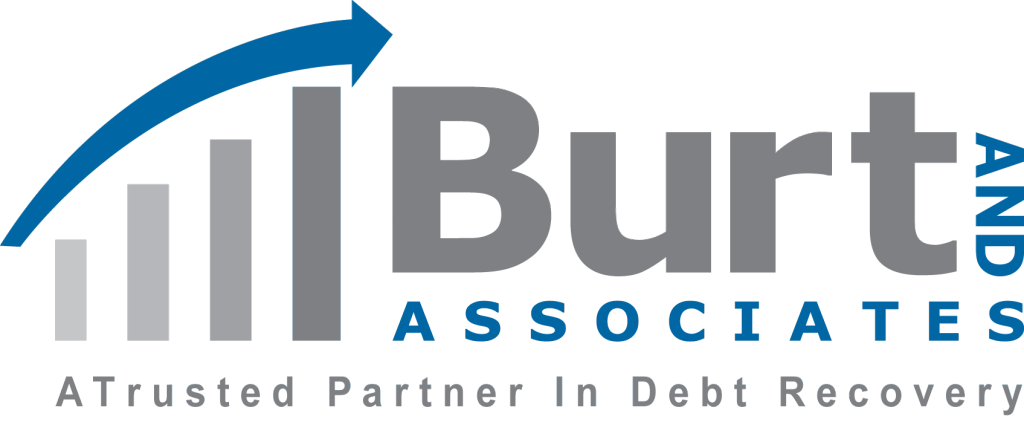No matter how long you have been in business or how good a relationship you establish with your clients and customers, you are still going to have accounts receivable that go unpaid from time to time. Obviously, the companies with whom you do business will want to maintain their Days Payable Outstanding and keep as much of their cash on hand as possible.
However, there comes the point in time when DPO time has been used up, and you unpaid accounts need to be settled to prevent them from interfering with your own operational finances. When that happens, you typical assign someone in Accounts Receivable to handle collecting on that debt for you so that outstanding balances are paid in full.
The tricky part is ensuring that you get paid all of the money owed paid to you in the least amount of time possible. That way, your start of the month receivables and your end of the month receivables meet or exceed your monthly credit sales. This form of in-house collections is rated according to the standard known as the Collection Effectiveness Index, which generates a percentage score of how effective your in-house collections were for the past month. Let’s take a look at how to calculate your CEI, how it affects your business, and how you can improve your in-house collections.

Calculating Your CEI
This is some easy math that anyone can do. Start by adding your beginning of the month receivables to your monthly credit sales and subtract your ending total receivables (BR+MCS-ETR).. Next, add your beginning receivables and monthly credit sales minus your ending current receivables (BR+MCS-ECR). Finally, divide the result of your first equation by the result of your 2nd equation. Multiply that quotient by 100, and you have your CEI percentage. The closer you are to 100%, the more efficient your in-house collections are.
How CEI Affects Your Business
Your collections effectiveness is a handy tool for monitoring your current financials. An organization can use their CEI to measure the rate of conversion for accounts from receivables to closed account status, providing a metric for the effectiveness of current methods and protocols for collecting on unpaid accounts. When CEI drops, that is a powerful indicator to most businesses that their ongoing collections process has started to prove ineffective, and investigation and potential revision of these policies may be warranted to correct the issue before it gets out of hand.
How to Improve Your In-House Collections
The most critical function of CEI in improving your in-house collections is that it alerts those in charge of company financials that the process for retrieving receivables is currently not working. Monitoring cash flow carefully and frequently allows financials personnel to recognize patterns of frequent nonpayment so that changes can be implemented more rapidly if numerous accounts receivable keep coming up unpaid versus new credit sales each month. A good rule to observe is to monitor your cash flow with a CEI analysis 6-8 times per year and take the time to scrutinize the results closely. When you are more informed about your CEI, your cash flow performance is far easier to maintain since you can make corrections throughout the fiscal year to prevent unpaid receivables from cutting into your cash on hand.
Another method for improving CEI is offering incentives to your clientele to pay earlier each month with discounts on products and services. This will increase the number of accounts being paid within your monthly credit sales period, allowing you to keep your cash flow higher, and improving your CEI. The part that requires a deft management of both people and resources is balancing your CEI goals and repayment terms with your clients DPO goals for their business. After all, DPO is one of the ways that businesses are often evaluated for potential investment and creditworthiness, so you want to make sure that you leave your customers something on the table in terms of time to repay receivables that won’t give them a poor DPO rating in exchange for a small discount.
Your final option, of course, is to handle any delinquent outstanding receivables through a third party collections agency. You will have to pay a cost for their services, but the recovery of those receivables does mean that your CEI also increases. It also means that you don’t have to worry about the additional working hours and strain debt collection can put on your Accounts Receivable staff as well.
Overall, keeping a close eye on your CEI every month is vital to the financial health of your business. The more efficient your personnel are at making sure your books are balanced and money owed is paid, the better your cash flow and overall financial health of your company are going to be. Don’t forget that if you have a receivable outstanding for so long that it is hurting your cash flow, you can ask for help. Calling in a third party collection agency to help you recover those unpaid funds is always a viable solution. Regardless of how you handle your receivables though, make sure you are checking them at least twice per quarter to ensure that your cash flow stays up while receivables stay down.
Commercial Collection Topics
- Are You Reaching The Right Party? 50% of their time manually locating individuals or correct contact information for debt collection purposes. Over 95% of all debt...
- Accounts Receivables Aging Schedule The Accounts Receivable Aging Schedule is a useful tool for analyzing the aging of your accounts receivable. Analyzing the schedule...
- The Real Cost of Doing Nothing Unpaid invoices hurt your business more than you think. This guide walks business owners through proven steps to collect past...
- A Guide Dealing with Delinquent Accounts When receivables age without a consistent and disciplined approach to collection, they begin to lose value. The longer a debt...














